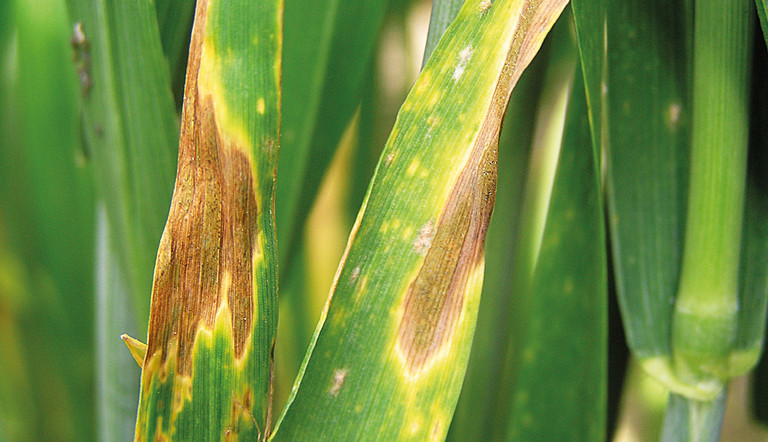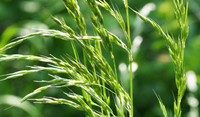
Start early to stay ahead of diseases

The need to provide early season protection from diseases such as septoria and rusts is made all the more crucial given the fact many of the fungicide active ingredients we once relied on to provide curative activity are no longer as effective as they used to be due to the erosion of their efficacy by increasingly resistant disease strains.
For susceptible crops or in areas of high disease pressure, it therefore makes sense to bring spring disease protocols forwards by applying a T0 fungicide.
Whether or not a treatment is required at this early timing is usually dictated by the need to control an active infection of yellow rust or provide early protection to a susceptible variety. In other scenarios a T0 treatment might be needed because the risk of septoria is elevated – either as a result of a higher over-wintered disease burden, or simply because the crop was drilled early and has been sitting exposed to disease spores for longer. Either way, the need for a robust T0 treatment will be more urgent.
Power-Up with folpet
In circumstances where septoria is the driver for a T0 treatment, the multi-site fungicide, folpet, is the ideal option as it can be used either as a standalone product to protect against septoria, or to power-up the efficacy of other modes of action where additional disease threats are present.
Including folpet at the T0 timing is therefore recommended in the following situations:
- Where septoria is the primary concern, a standalone application of ARIZONA (500g/l folpet) should be used to protect Leaf 4
- Where there is an additional threat of rust, ARIZONA should be used in conjunction with a strobilurin
- If active rust is present in the crop, ARIZONA should be used alongside an appropriate azole to provide the best levels of control.
In all these scenarios, using folpet at T0 will also provide peace of mind by ensuring crops have been protected if/when subsequent T1 applications are delayed.
Added benefits
As well as providing effective protection against septoria, ARIZONA also offers additional benefits in wheat, including:
- Not interfering with the curative kickback activity of partner products
- Protecting partner products against the development of disease resistance
- Delivering a good return on investment through extended green leaf retention and improved crop yields
Beyond T0
Thanks to its flexible label which enables it to be applied at a maximum total dose of 3.0 l/ha per crop (1.5 l/ha maximum individual dose), ARIZONA can also be applied later in the season. For example, applying 1.0 l/ha at T0 will enable an additional 2.0 l/ha to be applied later in the season (either at T1 and/or T2) thereby ensuring crops stay protected for longer.
To find out more about how ARIZONA could work in your rotation, contact your Regional Agronomy Manager by calling the ADAMA technical helpline on 01635 876 622 or via email at ukenquiries@adama.com
ARIZONA (folpet 500 g/l) not only provides good early season protection against septoria, but also boosts yields and protects and prolongs the efficacy of single site modes of action.
ARIZONA® (500 g/L folpet) is a unique multi-site fungicide which provides protectant activity against septoria, rusts, rhynchosporium, ramularia and net blotch in wheat and barley. It also fulfils a useful anti-resistance role by protecting the efficacy and longevity of single site partner.


